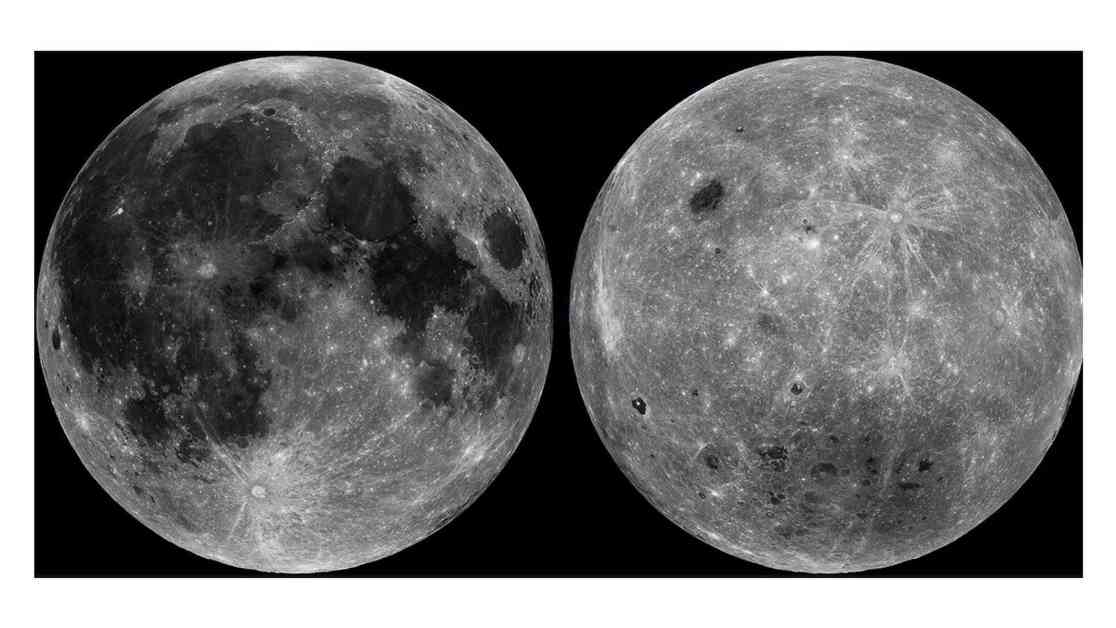Scientists just figured out why the Moon looks so different on its two sides. The side we see from Earth, called the near side, is dark and covered in old lava flows. On the other hand, the far side, which we can’t see from our planet, is rough and rocky. It turns out, the reason behind these differences lies beneath the Moon’s surface.
The team of scientists, led by Ryan Park from NASA’s Jet Propulsion Laboratory, discovered that the near side of the Moon is moving and shifting more than the far side. This movement indicates that there’s something unique about what’s inside the Moon’s near side compared to its far side. The researchers were shocked by this finding and had to double-check their calculations multiple times because they couldn’t believe it at first. After a decade of work, they finally confirmed their discovery.
To gather this information, the scientists analyzed data collected during the Gravity Recovery and Interior Laboratory (GRAIL) mission. This mission involved two spacecraft, Ebb and Flow, orbiting the Moon for a year between 2011 and 2012. By observing how the Moon responds to Earth’s gravitational pull as it orbits, the team was able to map out the Moon’s internal structure. They found that the near side of the Moon is warmer internally compared to the far side. This not only helps us understand the Moon better but also provides insights into the internal structures of other planets in our solar system, like Jupiter and the Vesta asteroid.
Maybe it’s just me, but the idea of the Moon’s insides being warmer on one side than the other is pretty fascinating. The fact that the Moon is flexing and moving around internally, causing these differences on its surface, is mind-blowing. Who knew there was so much going on beneath the surface of this celestial body we see in the night sky? It’s amazing how much we can learn about our universe by studying something as seemingly simple as the Moon.










